This is a notable content of the Decision No. 3351/QĐ-BYT of the Ministry of Health of Vietnam on COVID-19 diagnosis and treatment guidelines, promulgated on July 29, 2020.
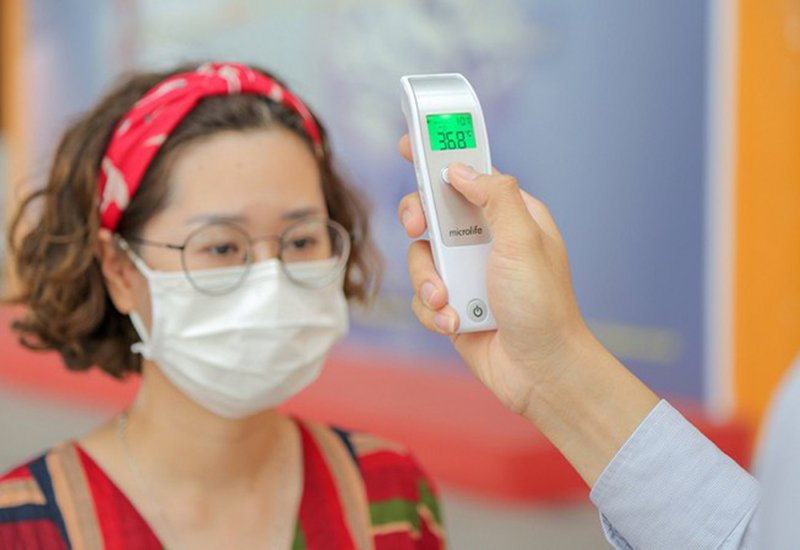
According to the Decision No. 3351/QĐ-BYT, the Ministry of Health of Vietnam guides symptoms of người bị nhiễm Covid-19 as follows:
1. Clinical
- Incubation period: from 2 to 14 days, from 5 to 7 days on average.
- Onset: common symptoms include fever, dry cough, fatigue and muscle pain. Some may experience throat pain, stuffy nose, runny nose, headache, productive cough, vomiting and diarrhea.
- Development:
+ Most patients (more than 80%) have only mild fever and fatigue without pneumonia and usually recover after about 1 week. However, some cases do not develop any clinical symptoms.
+ About 14% of patients develop serious complications such as pneumonia or severe pneumonia, requiring hospitalization; about 5% of patients need to be admitted to intensive care units for treatment of acute respiratory manifestations (rapid breathing, dyspnea, cyanosis, etc.), acute respiratory distress syndrome (ARDS), septic shock, organ dysfunction, including kidney injury and heart muscle injury, leading to death.
+ It takes an average of 7 to 8 days after symptom onset for serious complications to develop.
+ The elderly and those with immunodeficiency and underlying chronic diseases are at higher risk of dying. In adult patients, old age, high sequential organ failure assessment (SOFA) score upon hospitalization and D-dimer level > 1 μg/L are associated with a worse prognosis.
- Recovery period: from 7 to 10 days after the period of illness, if without ARDS, patients will no longer have fever, clinical signs will gradually disappear and patients will make a recovery.
- There is no evidence of different clinical manifestations of COVID-19 in pregnant women.
- In pediatric patients, most of them have milder clinical manifestations compared to adult patients or no symptoms. Common signs include fever and coughing or manifestations of pneumonia. However, some pediatric patients suffer from multiorgan dysfunction similar to Kawasaki disease; fever; hyperemic eye or erythema, or swelling of the oral mucosa, hands, feet; circulatory failure; manifestations of heart dysfunction and high cardiac enzymes level; digestive disorders; coagulation disorders and high inflammatory marker levels.
2. Paraclinical tests
Non-specific blood tests and biochemical tests:
- Leukocyte count is normal or decreases; lymphocyte count usually decreases, especially in severe cases.
- C-reactive protein (CRP) level is normal or increases, procalcitonin (PCT) level is usually normal or increases slightly. ALT, AST, CK, LDH may increase slightly in some cases.
- Severe cases may develop organ dysfunction, coagulation disorders, D-dimer level increase, electrolyte and acid-base imbalance.
3. Lung X-ray and CT scan
- In the early phase of the disease or if there is only upper respiratory tract infection, radiographs look normal.
- When pneumonia develops, there are usually signs of bilateral interstitial pneumonia or diffuse ground-glass opacity in peripheral or lower areas of the lungs. The injury can progress rapidly in ARDS. Signs of cavity formation, pneumothorax or pleural effusions are rare.
4. Confirmatory testing
- SARS-CoV-2 may be detected via Real time RT-PCR or next-generation sequencing.
View more details at the Decision No. 3351/QĐ-BYT of the Ministry of Health of Vietnam, effective from July 29, 2020.
Nguyen Trinh
- Key word:
- Decision No. 3351/QĐ-BYT
- Covid-19
 Article table of contents
Article table of contents




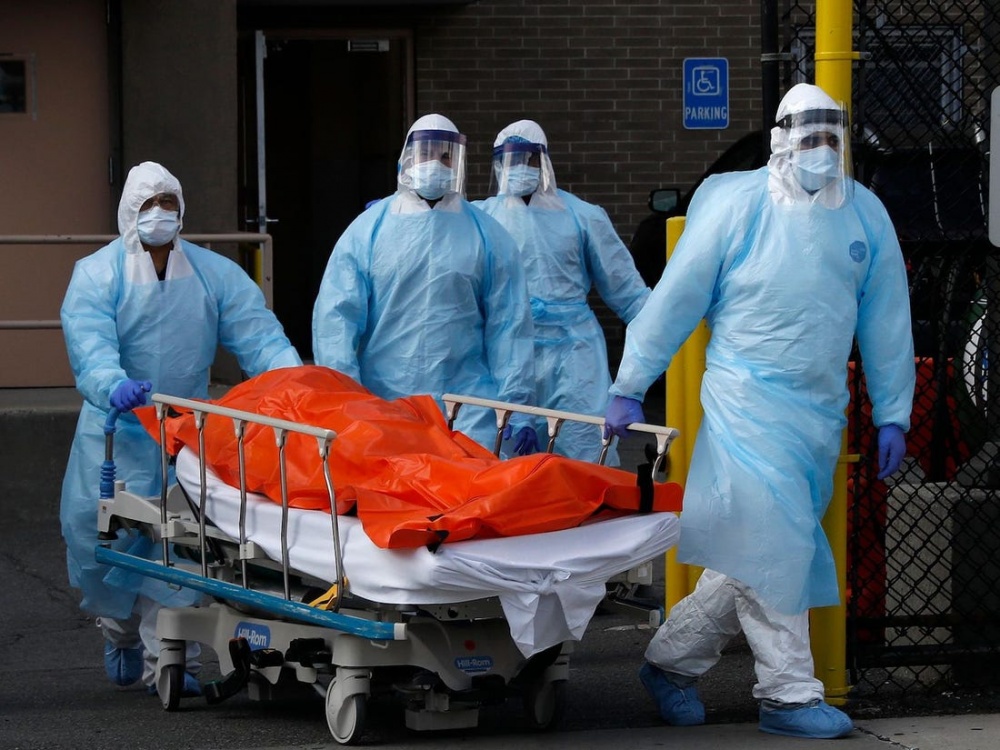
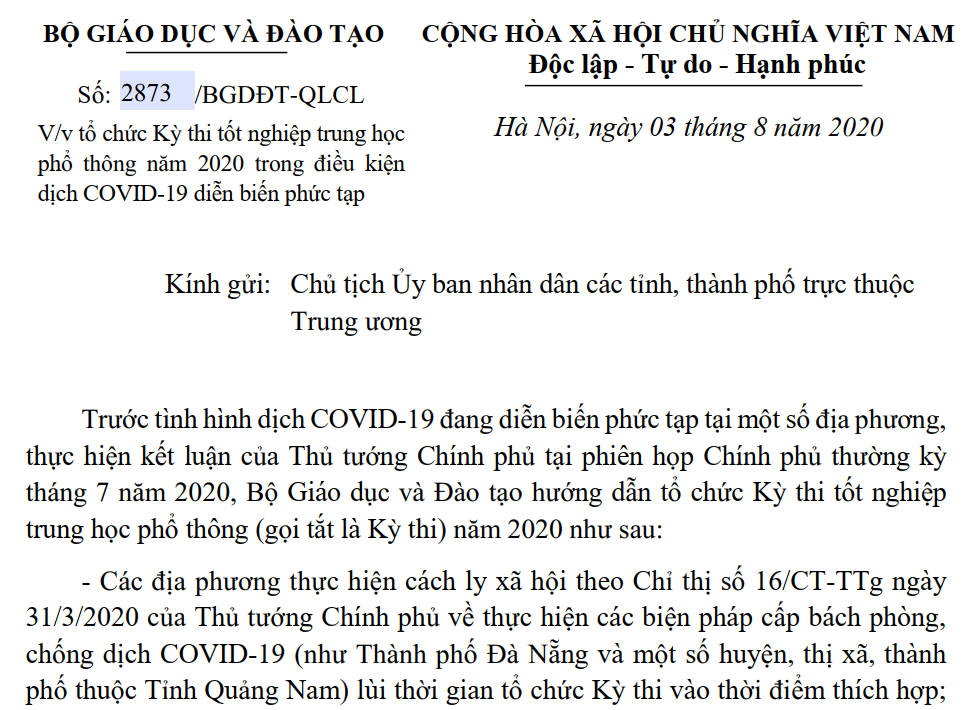
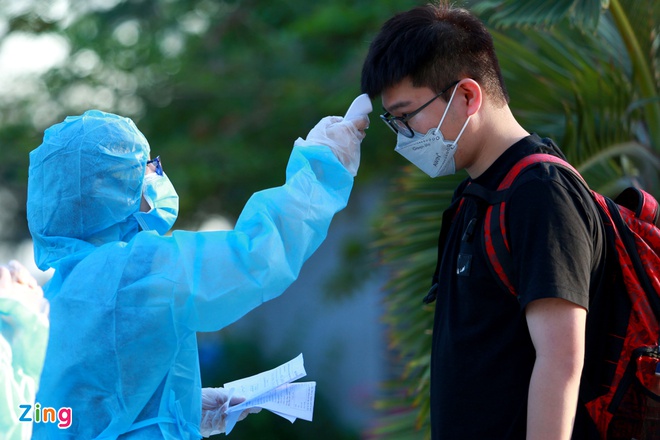
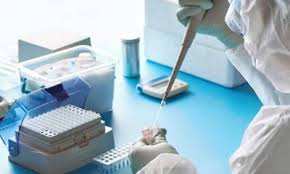
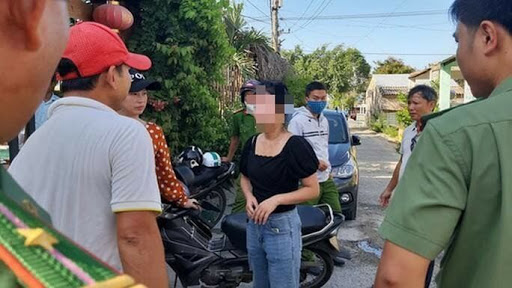

.Medium.png)
.Medium.png)
.Medium.png)
.Medium.png)
